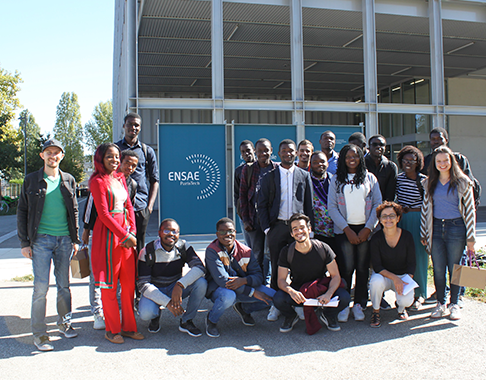Corporate Finance Theory (HEC)
Teacher
ECTS:
4
Course Hours:
24
Tutorials Hours:
0
Language:
English
Examination Modality:
écrit+CC
Objective
We will study how informational frictions generate deviations from the Modigliani & Miller financial structure irrelevance theorem. We will analyze the incentive properties of different financing tools, such as debt or equity, and how firms can use them to overcome credit rationing and financial constraints.
Course overview: We will focus on moral hazard (hidden action) and adverse selection (hidden information) and study how to optimally design financial contracts to mitigate these frictions. We will start from the simplest possible model (one period, two outcomes), and progressively move to richer models (first two period, then fully dynamic). We will rely on a combination of games played in class, lectures, and students’ presentations of recent research papers. We will emphasize the intuitions, especially thanks to the games played in class. We will also relate the theoretical analyses to empirical investigations, ranging from descriptive, to diff in diff, and structural estimations.
Pedagogical Objectives: At the end of the course, the students will understand the consequences of information asymmetries for corporate financing and investment and the characteristics of financial contracts mitigating these imperfections.
https://phd-in-economics.com/docs/courses/Corporate%20Finance%20Theory.pdf
Planning
Course organization:
I. Static financial contracting
I.A Basic moral hazard
I.B Adverse selection
II. Dynamic financial contracting The two-period model:
II.A The two period model
II.B The infinite horizon, discrete time model
II.C The infinite horizon, continuous time model










